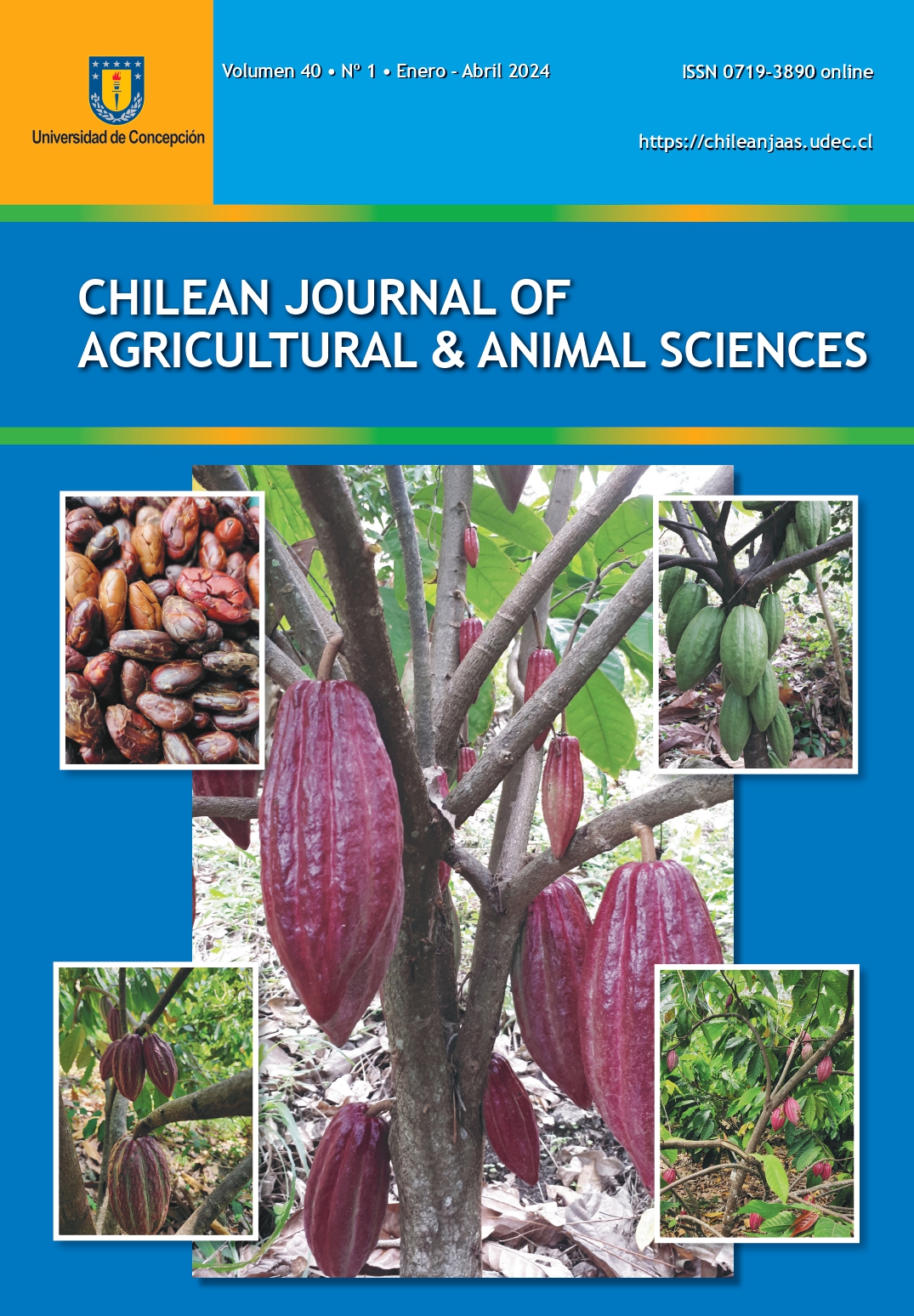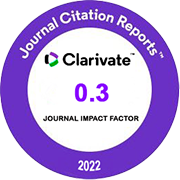EFFECT OF BIOFERTILIZERS ON RHIZOBIUM COUNT AND MORPHOLOGICAL INDICATORS OF SNAP BEANS (Phaseolus vulgaris L.) IN ECUADOR
DOI:
https://doi.org/10.29393/CHJAAS40-7EBER70007Keywords:
Rhizobium, legumes, dilution, symbiosis, substrates, doseAbstract
Soil nitrogen is crucial for agriculture, but it is often limited, affecting crop yields. Deficiency requires synthetic fertilizers, but their improper use results in environmental damage and high costs. Bacteria of the genus Rhizobium, symbionts of legumes, offer a sustainable solution by fixing
nitrogen, thus reducing dependence on fertilizers. This research determined the most probable
number (MPN) of cells of Rhizobium spp. from two commercial biofertilizers of Ecuadorian and
Mexican origin under greenhouse conditions. For this, direct inoculation with serial dilutions (10-1 to 10-10) was performed in pots with steam-sterilized pumice where Blue Lake variety snap bean (Phaseolus vulgaris L.) plants were germinated. The following morphological indicators were evaluated at 45 days after sowing (DAS): leaf area, plant wet weight, plant height, and number of
flowers, determining statistical differences between the type of biofertilizer and the concentration of each dilution. The experiment followed a randomized complete block design with a split-plot
arrangement, with three replicates per dilution, considering temperature fluctuations in the study area. The MPN at 95% confidence was 4.45x107 rhizobia g-1 of pumice at a 10-5 dilution for the Mexican biofertilizer, and 1.48x105 rhizobia g-1 of pumice at a 10-4 dilution for the Ecuadorian biofertilizer. The estimated optimal dilution for both products was 10-8.
Downloads
Published
How to Cite
Issue
Section
Copyright (c) 2024 Edwin Alfredo Cáceres-Acosta, Alejandro Alfredo Aguirre-Flores, Rogelio Castro-Brindis, Juan José Almaraz-Suárez, María Teresa Colinas-León, Ma. de Jesús Juárez-Hernández, Roberto Odón Montes-Colmenares

This work is licensed under a Creative Commons Attribution 4.0 International License.






